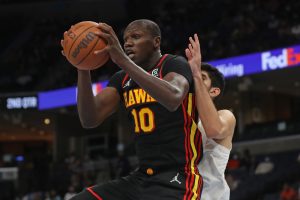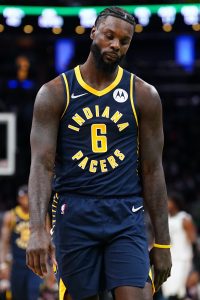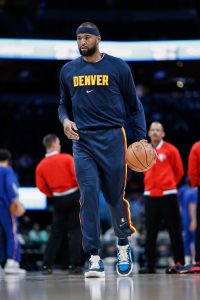The Grizzlies have been one of the NBA’s most impressive overachievers in 2021/22. Oddsmakers projected Memphis to finish the season with a record around .500, but the team has already comfortably exceeded that projection, putting up a 44-22 record to date.
Even if they slump a little down the stretch, the Grizzlies look like a safe bet to exceed 50 wins and claim one of six guaranteed playoff spots in the West. If they continue playing like they have all season, they’d do much better than that — they’re on pace to win 55 games and claim the conference’s No. 2 seed.
The Grizzlies’ ascension has been led by Ja Morant, who has become a legitimate MVP contender, and Jaren Jackson Jr., a strong All-Defensive candidate who may receive Defensive Player of the Year consideration. Morant and Jackson have anchored a Memphis squad that ranks fifth in the NBA in offense and eighth in defense in 2021/22.
Sharpshooter Desmond Bane, who is averaging 17.8 PPG with a .412 3PT%, leads an impressive group of role players that also includes second-leading scorer Dillon Brooks (who has been limited to just 21 games due to a series of injuries), center Steven Adams, guards Tyus Jones and De’Anthony Melton, and forwards Kyle Anderson, Brandon Clarke, and Ziaire Williams.
Those players all have something in common — not a single one has celebrated his 30th birthday. At age 28, Adams is the oldest player on one of the NBA’s younger rosters.
As good as the Grizzlies have been this season, the conventional thinking is that young teams like this one generally have to pay their dues in the playoffs, gaining valuable postseason experience before they make a real breakthrough.
Two teams that Memphis has been compared to are good examples of this phenomenon — the up-and-coming Thunder team that featured Kevin Durant, Russell Westbrook, James Harden, and Serge Ibaka lost in the first round of the 2010 playoffs after winning 50 regular season games, then advanced to the Western Finals in 2011 and the NBA Finals in 2012. In 2013 and 2014, a Warriors team featuring Stephen Curry, Klay Thompson, and Draymond Green won just a single playoff series before they broke through for a championship in 2015.
On the other hand, it was just last spring that two rising young teams ended multiyear playoff droughts and made deep postseason runs — the Suns appeared in the NBA Finals in their first playoff appearance since 2010, while the Hawks made the Eastern Finals. It was the first time that players like Devin Booker, Mikal Bridges, Deandre Ayton, Trae Young, and John Collins had appeared in the postseason, but they still managed to win multiple series.
With all that in mind, we want to know what you think of the Grizzlies’ playoff chances this spring. The projected matchups remain fluid, but if the season ended today, Memphis would face the winner of a Timberwolves/Clippers play-in game in round one, then the winner of a Warriors/Nuggets series in round two.
Is this Grizzlies team prepared to make a run to the Western Finals or the NBA Finals, or is a first- or second-round exit more likely? If you expect Memphis to bow out of the postseason early, is it more about the level of competition in the West, or do you think this squad is still at least a year or two (or a player or two) from becoming a true title contender?
Head to the comment section below to weigh in with your thoughts on the Grizzlies!
 2021/22: $7MM
2021/22: $7MM 2021/22: $4MM
2021/22: $4MM “My role and what I’m doing has changed every single night,” Westbrook said after the game, according to
“My role and what I’m doing has changed every single night,” Westbrook said after the game, according to 
